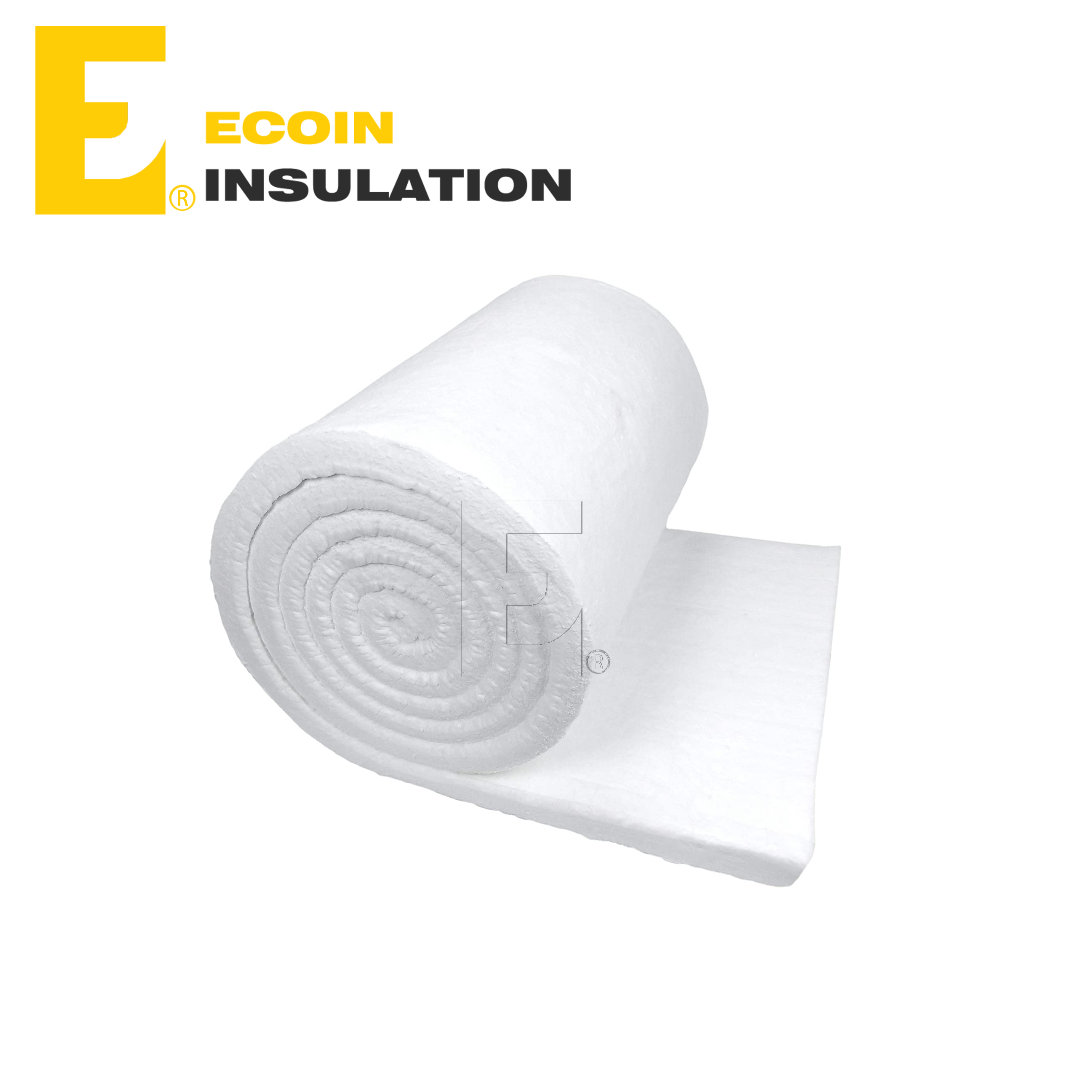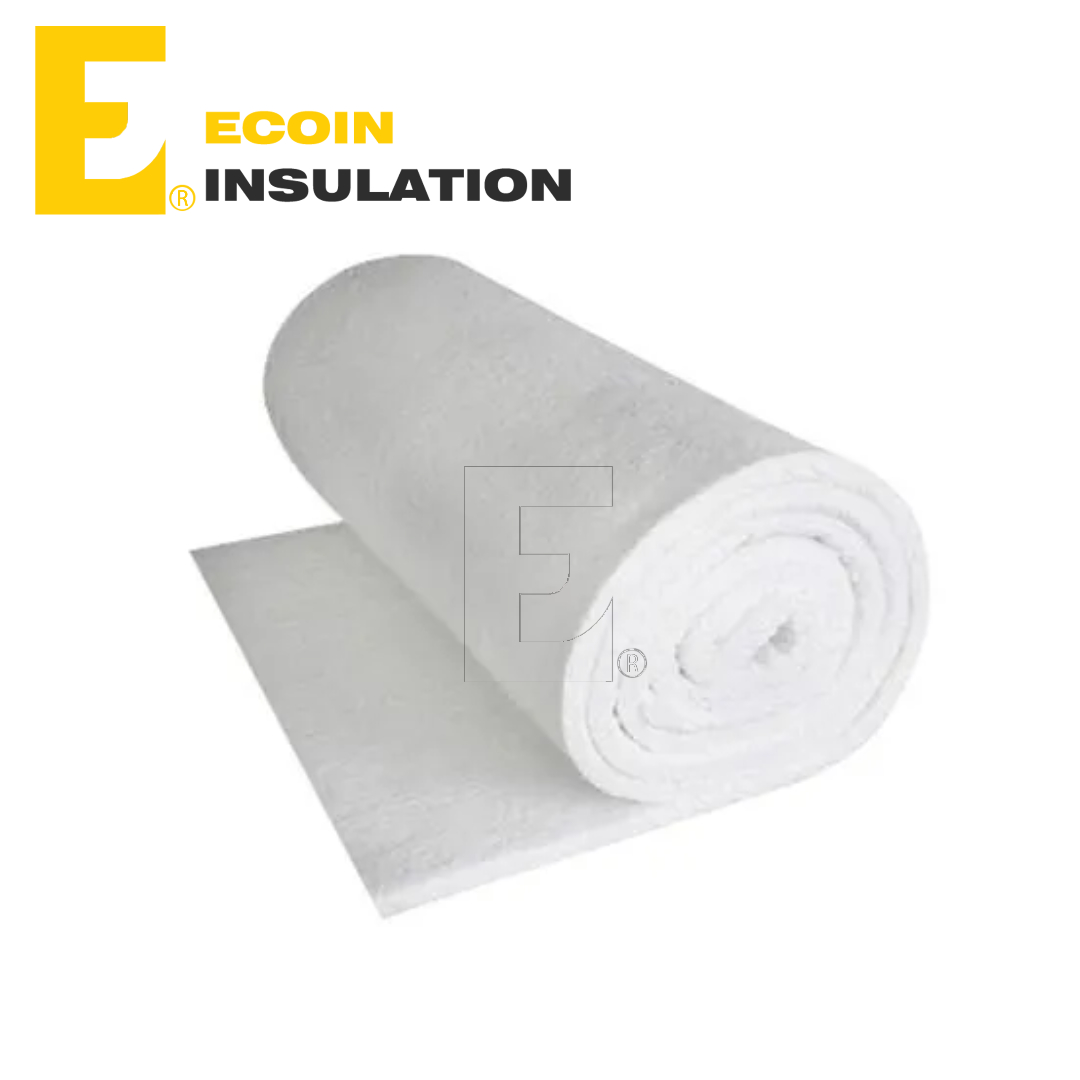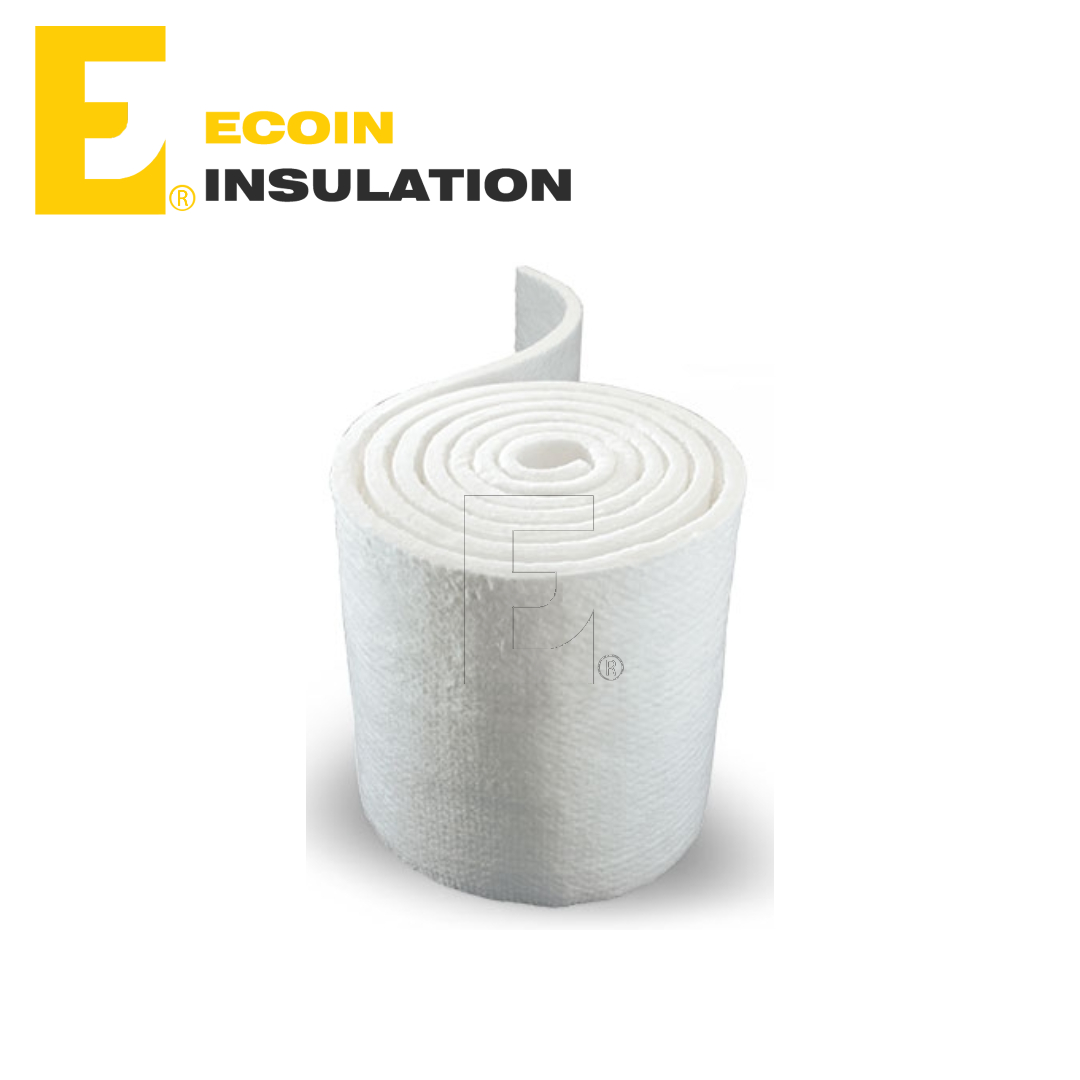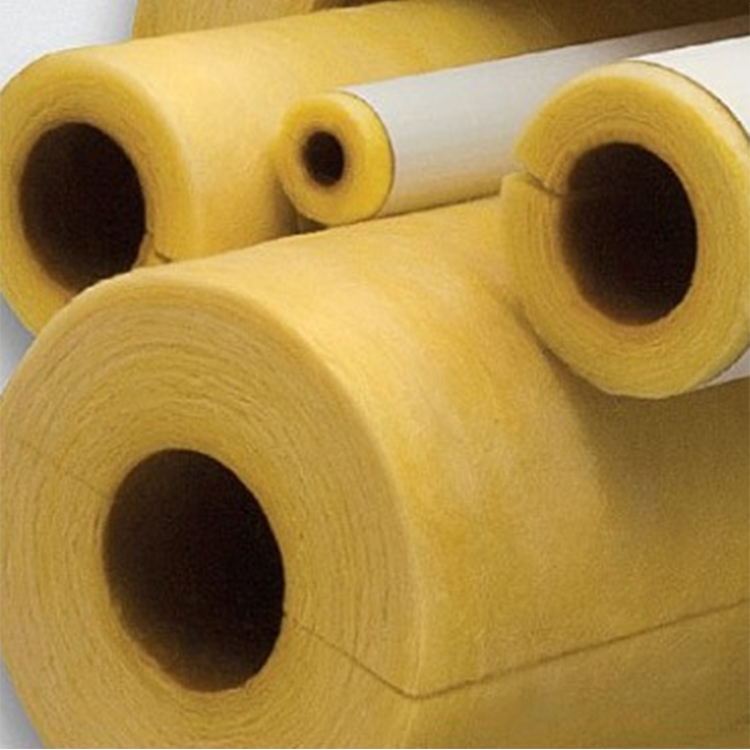How to Determine the Quality of Ceramic Wool Blanket?
After recent customer feedback, we have noticed that despite the presence of product manuals, some of our customer still lack a comprehensive understanding of ceramic wool needle-punched blankets and tend to overlook important aspects. As a result, they might not fully utilize the blanket’s potential. Today, we will delve into the topic of ceramic wool needle-punched blankets to provide you with valuable insights and assistance.

With the rapid development of science and technology, China’s industrial structure is continuously upgrading to meet the equipment demands of various industries. Insulation materials are also constantly evolving, particularly high-temperature materials, with one notable example being the ceramic wool needle-punched blanket. Its features, such as lightweight, high tensile strength, and excellent toughness, make it widely applicable in areas like pipe insulation and furnace backing seals.
So, how can we discern the quality of ceramic wool needle-punched blankets?
Appearance of Ceramic Wool Needle-punched Blankets:
(1) High-quality ceramic wool blankets are pure white and have regular dimensions. Lower-grade products often exhibit a yellowish hue.
(2) Superior ceramic wool blankets have clear textures and well-organized needle-punched patterns. The slag ball content in good blankets is generally below 15%. When torn open, they should not contain brown or black residue.

Performance of Ceramic Wool Needle-punched Blankets:
(1) Tensile Strength: Ceramic wool needle-punched blankets are made by spinning and needling raw materials into fibrous form. The double-sided needle-punching process results in higher tensile strength and a smooth surface. High-quality blankets maintain good tensile strength, toughness, and fiber structure under neutral and oxidizing environment. If a blanket exhibits poor quality, it may show signs of fragility during stretching, poor resilience, or easy contraction and fracture at high temperatures.
Raw Materials Used in the Production of Ceramic Wool Needle-punched Blankets:
Ceramic wool products are categorized based on the purity of alumina within the product.
(1) Standard Type: Standard ceramic wool blankets appear slightly dimmer in white color.
(2) High Purity Type and Above: Materials with high purity appear bright white at a glance.
(3) Zirconium-Containing Type: Zirconium-containing blankets have a milky white color.
(4) Chromium-Containing Type: Composite fiber blankets with chromium components can withstand high temperatures up to 1500°C and have a yellow-green color.

Distinguishing Between Spun and Blown Blankets:
(1) Spun Blankets: These have longer and coarser fibers, giving them a sturdy and less breakable feel.
(2) Blown Blankets: These have finer and shorter fibers, resulting in a soft and fluffy texture with reduced tensile strength.
Spun cotton is commonly used for high-temperature insulation blankets or processed into modules, while blown cotton is predominantly utilized for making ceramic fiber paper and boards.
While these identification methods are suitable for on-site use and can give you a rough idea of the product quality, there might still be some room for oversight. For a more professional assessment, it is recommended to approach accredited testing institutions for formal evaluations.


